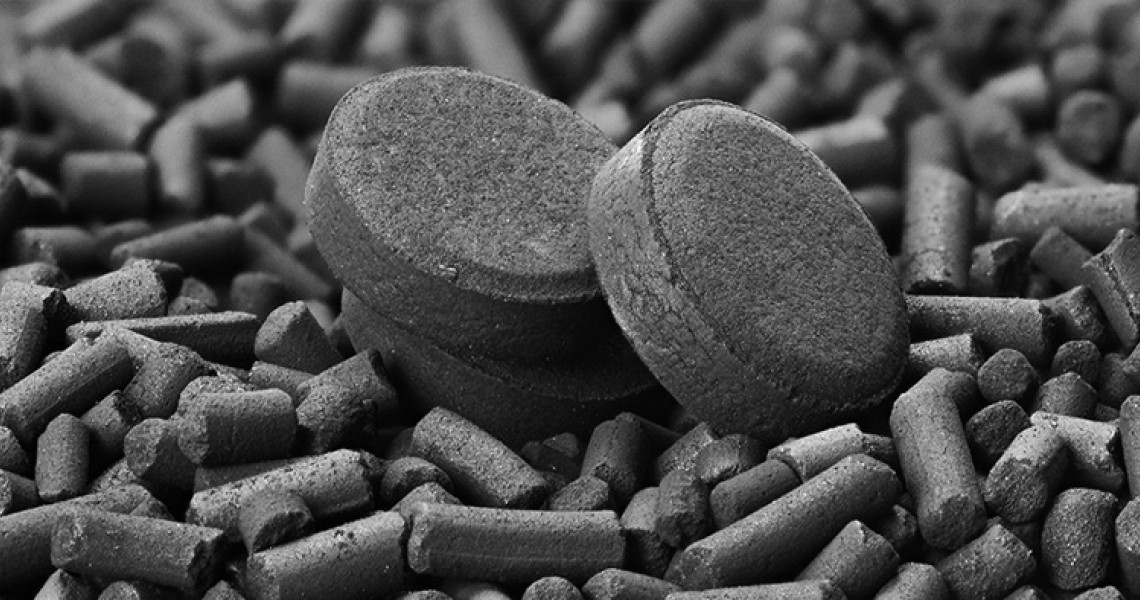Future of Activated Carbon Industry

Activated carbon is used extensively in a range of applications, industrial and residential. It is used in purification of drinking water, municipal and ground water treatment, precious metal recovery, and landfill gas and power plant emissions.
Activated carbon industry is regarded to be the most power adsorbent in the world and the uses of activated carbon is required from everyday water pitcher filters to gold recovering from the ore.
What is Activated Carbon?
Activated carbon is a useful adsorbent. Their surface area, the surface reactivity, pore structure are of high degree that activated carbon is useful to dechlorinate, purify, decolorize and deodorize vapor and liquid applications. Activated carbons are useful for many industries as they are economical adsorbents. The base materials are coal, coconut shell, or wood.
The activated carbon is widely used in air filters and air purifiers and it works only for a short period. But the charcoal filter is efficient, but requires regular cleaning or vacuuming. Using activated carbon requires timely management to ensure efficient working. Its porous nature makes air filter recyclable. Using activated carbon cleans thrice the filter.
More importantly, if your activated carbon filters labels the filter as non-washable, do not try, as it will end-up damaging it entirely.
Activated Carbon Applications
The types of activated carbon are for several specialized applications.
- Granulated activated carbon
- Catalytic activated carbon
- Powdered activated carbon
- Pelletized activated carbon
- Impregnated activated carbon
Each size and grade of activated carbon is application-specific. Selecting the correct mesh size and activated carbon product relies on the contaminants and application you want to remove.
Typical applications are:
- Gold recovery
- Eliminating of smell and taste causing compounds
- Removal of waste gases
- Removal of volatile organic compounds
- Use in drinking water filters as a bacteria inhibitor
- Removal of chloramines and chlorine
Designing appropriate activated carbon filtration system is mandatory and it should be done considering the vessel size and pressure drop. The physical and chemical characteristics in the activated carbon play a vital role in effectively eliminating the contaminants. Therefore, material testing and ASTM test methods should be carried to find the suitable best material for the application.
A few of the uses of activated charcoal include:
- Kidney health helps filter out undigested drugs and toxins.
- Intestinal gas and liquids trapped in the intestine pass through activated charcoal tiny holes.
- Water filtration
- In commercial settings, it includes waste-management centers
- Diarrhea
- Oral health and teeth whitening
- Skin care that eliminates chemicals, dirt, dust, toxins, etc, making the removing easier.
- Deodorant, ideal for shoe, underarm, and as refrigerator deodorant.
- Skin infection
Expected Growth in Activated Carbon Industry
There is a rising need across the world for air purification and the usages of activated carbon in beverage and food industry are the factors driving market growth. The activated carbon market is projected to touch USD 16.44 billion in 2028 showing an 8.8% CAGR in the forecast period is 2021-2028.
The air pollution effects are apparent on environment causing climate change. It is now a serious threat that strict air pollution control measures must be taken. The respiratory diseases cases are rising, there are different types of circulatory problems, and allergies types increase the need to give best air quality. This is the reason several countries Governments are placing stringent standards to curb air pollution.
There is increasing demand for air purification systems among commercial and residential buildings to enhance indoor air quality and to boost the revenue growth of the market. Activated carbon products are applicable in the beverages and fold industry to promoting the food taste and texture. It helps water treatment in the beverages. It helps in purifying the products in all the production stages right from raw materials to final products.
Future Market Drivers
The health risks is increasing due to drinking mixed waters. Rising automobile ownership rates, improved water treatments for drinking and the environmental standards are augmenting the need for activate carbon industry in the future. The major drivers in this market include governing the mercury discharge and the rising need for water chemicals treatment.
Nevertheless, Asia-pacific market for activated carbon is forecasted to occupy a manor share globally. The enormous consumption base and the government rules and expansion of different industries have resulted in the industrial development across the world in growing clusters. The powdered carbon is fast moving and the largest segment to show fastest growth rate in the forecast period.
The activated carbon in the market is for liquid and gaseous phases. The liquid takes into more segments such as medical, pharmaceutical, food & beverages, and water treatment. While, the gaseous phase takes into the sub-segment of Industrial, Automotive. However, the gaseous phase has the highest CAGR in the global market. This growth is due to the industrial applications demand for powdered activated carbon.










